Born and raised in South Africa, Leila Fanner’s art culminated in her innate creativity and long spiritual journey. Her childhood was nearly idyllic: to deal with the realities of South African apartheid, Fanner and her mother would escape into nature. They climbed mountains with the family dog and swam in rivers while their cats sat in the shade. Fanner’s free-spirited mother imbued in her children a life-long love of flora and fauna, one which resonates throughout Fanner’s work.
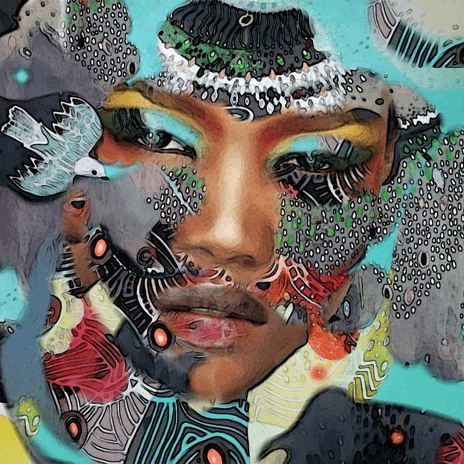
Leila Fanner took an unconventional route to become an artist: while she initially enrolled in art courses, she majored in drama. Despite this, Fanner knew that visual art was her true calling. She held her first exhibition at 23 years old and has since appeared in three solo exhibitions. She is a regular in local group exhibitions, and her work is privately held throughout the world. Today, Fanner is influenced by Science of the Soul, a meditative practice that encourages early morning meditation. Fanner considers her art “a bridge between the spiritual world and the physical world,” one that helps her make sense of the world around us. Currently, several pieces of Fanner’s work is on display at the Band of Vices annex and will remain there until 10 October 10th, 2020. Arts Help Writer Rachel Ezrin recently interviewed Fanner to discuss meditation, femininity, and the natural world.
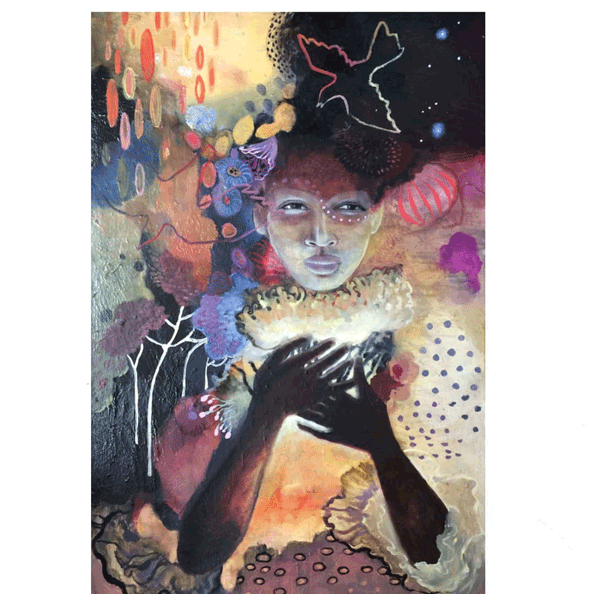
How has your identity affected your work? Has it influenced your annex?
I was born to a white South African mother and a Black American father – yet I never got to know my father or even meet him or his side of my family.
So I was raised [as] the only brown child in apartheid South Africa with a single white mother and two white siblings, [who are] twins. My childhood, though in many ways idyllic and immersed in nature, was also very hard psychologically. I coped with daily teasing and being regarded as “dirty” or as an “outsider” by classmates and the community at large.
I had incredible support [from] my mother who was decades ahead of her time and taught me to find a spiritual outlook on life as a way to make sense of things. So the feminine energy of an empowered woman comes through in my work, as well as the longing for the missing part or the “other side” of my identity.
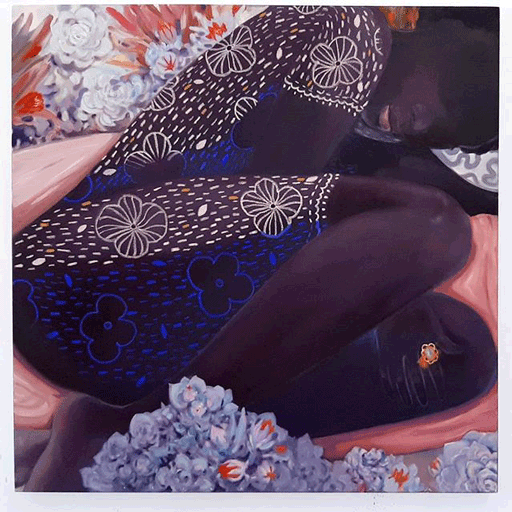
What do you want people to take away from your work?
As always in my work, I am hoping to find connections with similar emotions in the viewer. I hope my work offers a visual language of this experience of being a Soul, evolving as a human being to where we have integrated the anima and animus in ourselves. I am also always open to and curious about what someone will find that I had no conscious intention of expressing.
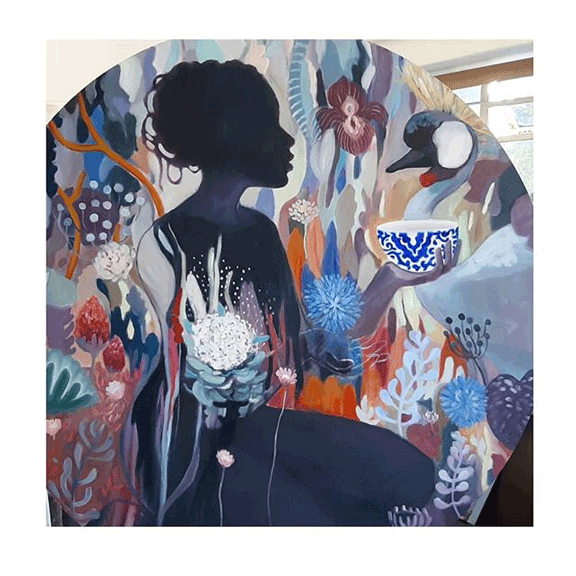
You’ve been described as a figurative and abstract painter who “explores her relationship with the material realm from both a metaphysical and spiritual viewpoint.” What inspired you to explore this relationship through art?
It was just a natural process and part of my childhood development and possibly an unconscious form of self-help. My first painting at age four was an abstract archway. It was very much loved by my white grandmother (with whom I had a difficult relationship). She had it expensively framed and hung in her stylish living room until she passed away. I think this may have had more of an impact and affect on my choices in life than I realised.
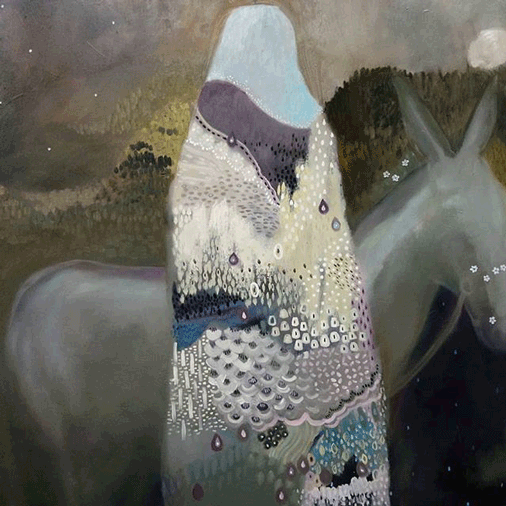
Your work is “unapologetically feminine.” How is this displayed in your work? What feminine forces in your life have inspired you?
My mother, my closest women friends, writers with a strong feminine voice like Isabelle Allende, Clarissa Pincola Estes, female artists in all areas of creativity – especially those who have been discovered or have discovered their gifts later in life and not allowed that to hold them back. There is also a long list of men who inspire me and think they are creators who are entirely at ease with and have integrated their own feminine energy.
Have recent events – the Black Lives Matter Movement, the pandemic – influenced the exhibit? If so, how?
My own black consciousness has always been an influence – the pandemic drama just increased my desire to create more and dig deeper into my figurative work.
You’ve had an exciting life! You grew up in Pilgrim’s Rest, South Africa, and have amassed quite the collection of work. What’s next for you?
I am very thrilled with my new relationship with Band of Vices Gallery. Phenomenal actress CCH Pounder who has been collecting my work, was instrumental in introducing us, and I am just staying focused on creating more work that pushes my own personal boundaries of what I think I am capable of. I started my professional art career quite late in life (33 yrs) so in many ways, I am still a “young artist”. I want to explore sculpture, among other things, and as I create three-dimensional paper collages – I could possibly go a lot bigger with those.
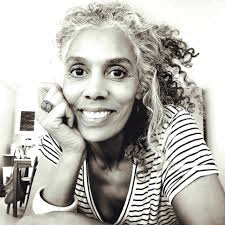
Last question – where can people follow your work?
IG @leilafanner.art
